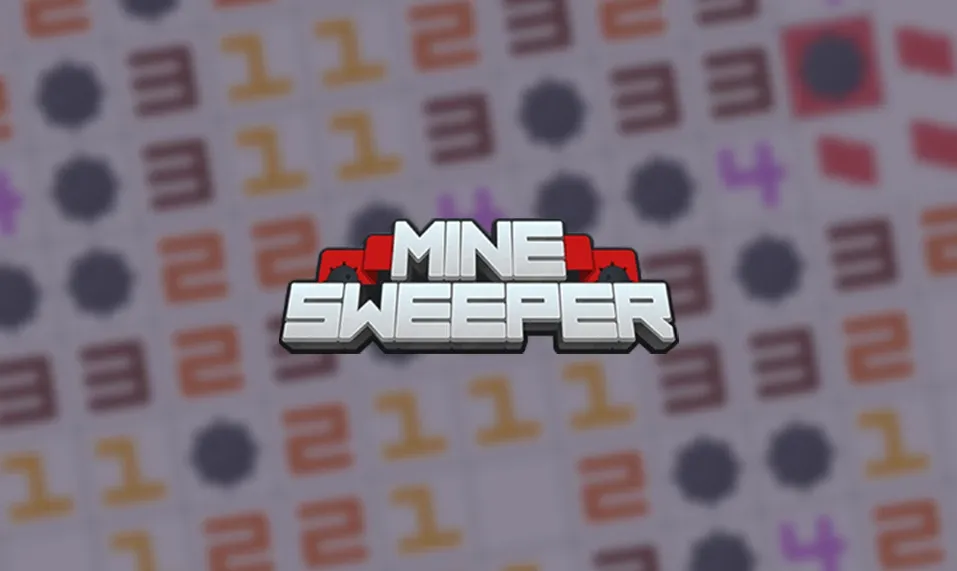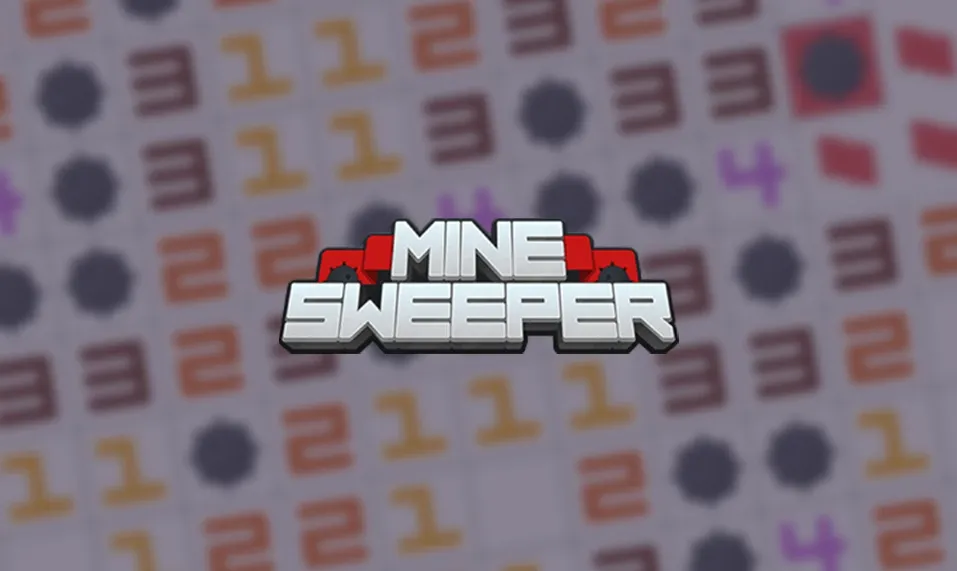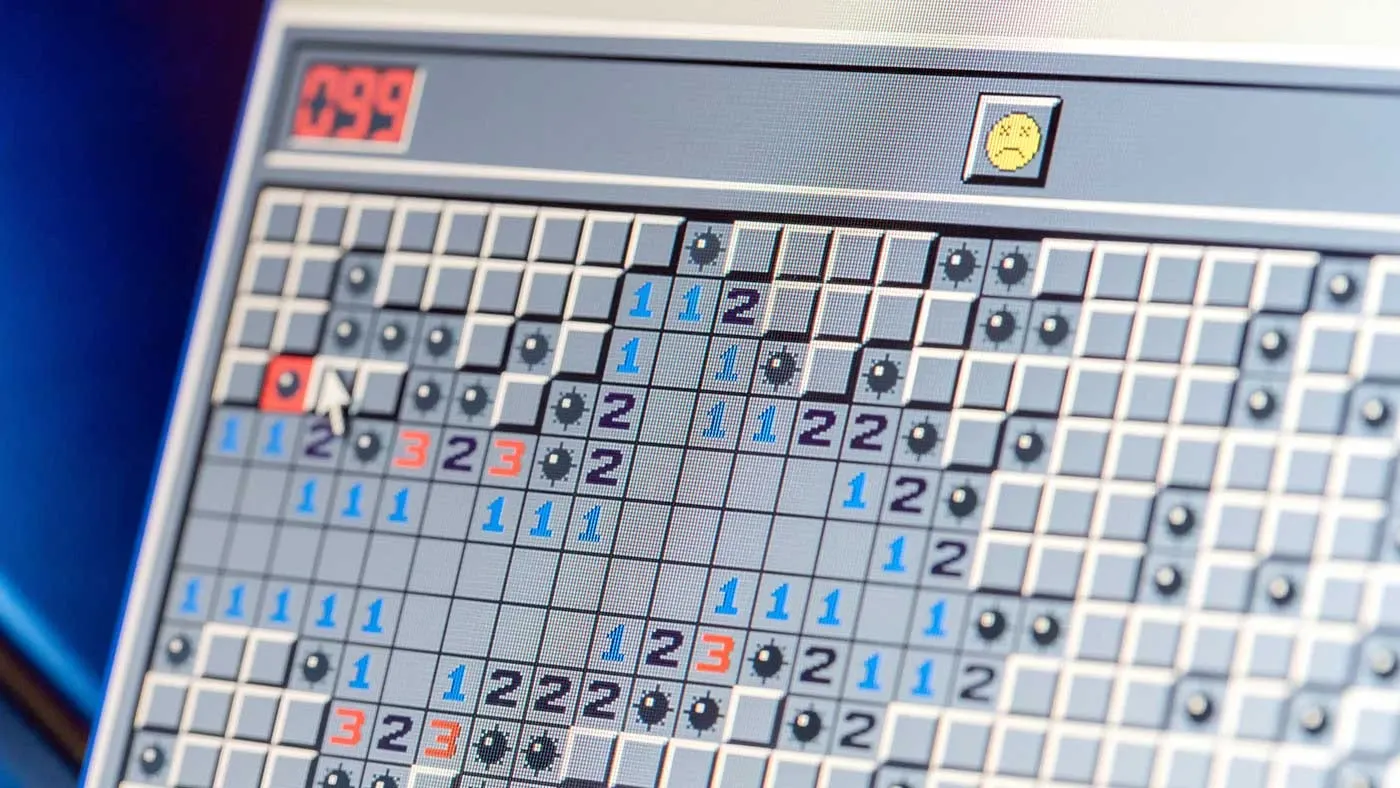Minesweeper Strategies to Solve Any Puzzle
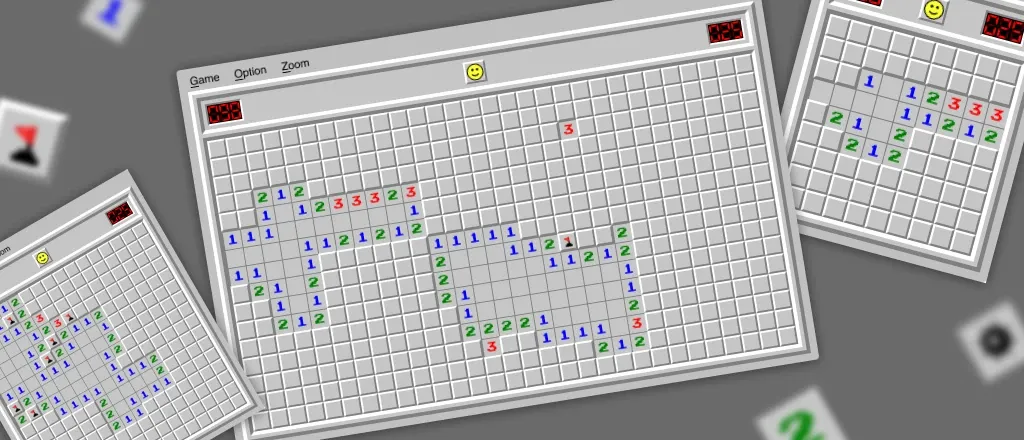
Minesweeper may seem intimidating at first, but with a few fundamental techniques, anyone can start playing it. By focusing on some easy-to-learn methods, newcomers can quickly get the hang of this classic game.
This article will break down fundamental techniques like scanning the grid, flagging mines, and using numbers to identify safe squares. Understanding these basics will help you solve puzzles with confidence.
Beginner-Friendly Strategies for Minesweeper
Here are three key Minesweeper strategies to know when starting:
1. Scanning for Safe Spaces

When scanning the grid, start by looking for obvious mines that can be quickly flagged based on the numbers touching them. Safe spaces are squares that do not contain mines. Your goal is to reveal as many of these as possible while avoiding mines.
Once you've flagged the obvious ones, scan for larger areas you can clear by looking for blank spaces touching a 1 or areas where there are enough flags touching a number to deem the remaining squares safe.
2. Flagging Mines Early
Flagging mines is crucial. Look for a 1 touching just one unseen square — that must be a mine. A 2 touching two unseen squares also indicates mines. By flagging these, you'll open up more areas. However, be cautious when flagging. Incorrect flags can mislead your deductions later. Always double-check your logic before placing a flag.
3. Working Around Numbers

Use the numbers to find more safe squares. The digits on revealed squares indicate how many mines lay in the surrounding 8 spaces. For example, if you unveil a 1 that already has one flagged mine next to it, the remaining spaces must be safe. Applying this simple logic systematically across the board will help you progress efficiently.
Pro-Level Strategies for Minesweeper
Experienced players rely on advanced techniques like pattern recognition, probabilistic reasoning, and special methods for handling edges and corners:
1. Advancing Pattern Recognition
Skilled Minesweeper players don't rely solely on random guessing — they use pattern recognition to make logical deductions. One common pattern is the 1-2-1 formation, where a 1 is flanked on both sides by 2s. This always means a mine is in the middle cell.
Recognizing formations like 1-2-1 will allow you to flag mines with greater accuracy. Referring to diagrams of common formations can help cement these patterns in your mind.
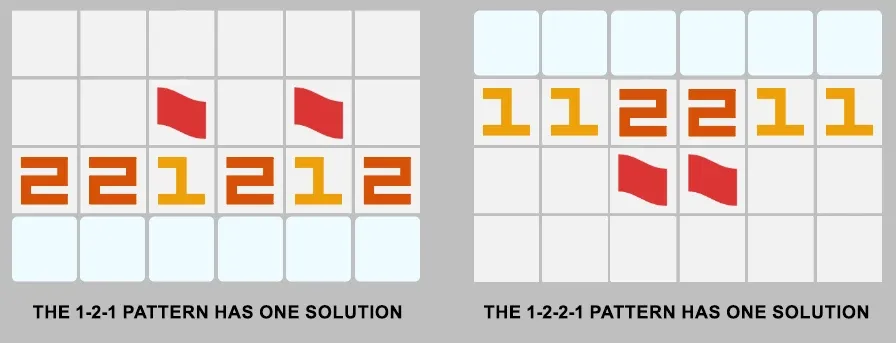
2. Using Probabilistic Reasoning
When you inevitably reach an ambiguous situation, don't just blindly guess. Calculate the probability of mines in adjacent cells to make an educated decision. Instead of clicking randomly, identify which move provides the most information or carries the least risk.
For example, if a 2 has three unknown adjacent cells left, rather than clicking at random, see if revealing a different area first can help clarify the situation.
Start Solving With These Expert Tips!
With these strategies, you'll be able to think critically rather than rely on luck. Pattern recognition, probability calculations, and handling edges carefully will help you navigate tricky situations and clear boards efficiently.
Now it’s time to put these techniques to the test. Start with a beginner grid, practice identifying patterns, and refine your logic. With time, you’ll be solving even the toughest Minesweeper boards with confidence.










